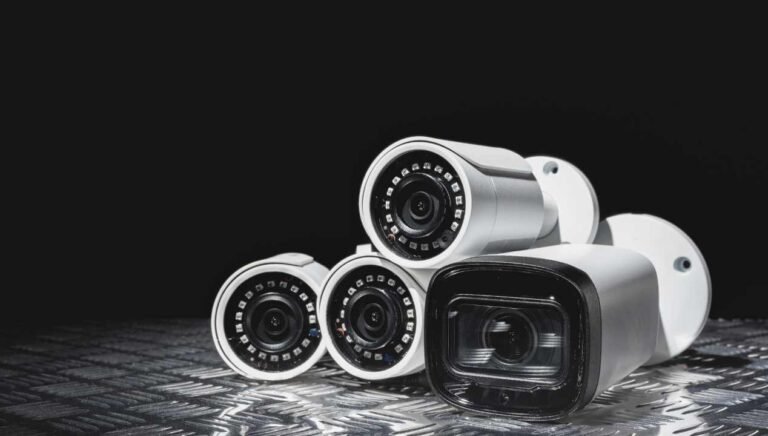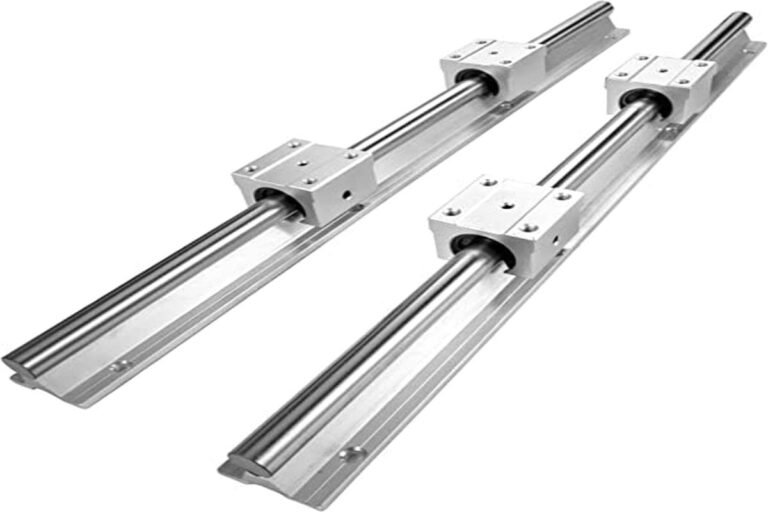Understanding Crossover and Straight Through Ethernet Cables
If you’ve ever delved into the world of networking or setting up your home office, you’ve likely encountered the terms “crossover” and “straight through” Ethernet cables. These cables play a crucial role in connecting devices within a network, ensuring seamless communication and data transfer. In this guide, we’ll dive deep into the differences between crossover and straight-through Ethernet cables, their unique functions, and when to use each type. Whether you’re a tech enthusiast, a small business owner, or someone simply curious about networking, this article will shed light on these essential components of modern connectivity.
Understanding Ethernet Cables
Ethernet cables are the lifelines of modern networking, facilitating the transfer of data between devices such as computers, routers, switches, and more. They come in various categories, each designed for specific applications and performance requirements. Among these categories, Cat6 Ethernet cables stand out for their high-speed capabilities and reliability.
The Role of Cat6 Plenum 1000ft Cable
Cat6 Plenum 1000ft cable is a versatile and high-performance option suitable for a wide range of networking environments. Its “plenum” designation refers to its insulation material, which is specially designed for use in plenum spaces, such as the area above dropped ceilings or below-raised floors in buildings. This type of cable is known for its fire-retardant properties and low-smoke emission, making it a safe and reliable choice for commercial and residential installations alike.
Crossover vs. Straight Through: What’s the Difference?
Now, let’s delve into the core distinction between crossover and straight-through Ethernet cables. At first glance, these cables may appear similar, but their internal wiring configuration sets them apart and determines their intended use.
Straight Through Ethernet Cables: Connecting Different Devices
Straight-through Ethernet cables, also known as patch cables, are the most common type of Ethernet cable. They feature the same wiring configuration on both ends, with each wire connected to the corresponding pin on the opposite end. This configuration allows for straightforward connectivity between devices of different types, such as a computer and a router or a switch.
When to Use Straight-Through Ethernet Cables
Straight-through Ethernet cables are ideal for most networking scenarios where you need to connect devices of different types. Whether you’re setting up a home office, connecting computers to a router, or linking multiple devices in a small business network, straight-through cables provide a simple and reliable solution.
Crossover Ethernet Cables: Device-to-Device Connections
Unlike straight-through cables, crossover Ethernet cables feature a unique wiring configuration that enables direct communication between similar devices, such as two computers or two switches, without the need for an intermediary device like a router. In a crossover cable, the transmit and receive wires are crossed over at one end, allowing two devices to communicate directly.
When to Use Crossover Ethernet Cables
Crossover Ethernet cables are essential in specific networking scenarios where direct device-to-device communication is required. For example, if you need to transfer files between two computers or connect two switches to expand your network without a router, a crossover cable is the way to go.
Choosing the Right Cable for Your Needs
Now that we’ve explored the differences between crossover and straight-through Ethernet cables, you may be wondering which type is right for your networking needs. The answer depends on the devices you’re connecting and the nature of your network setup.
Factors to Consider
When selecting an Ethernet cable, consider the following factors:
Device Compatibility: Determine whether you need to connect devices of different types or similar devices directly.
Network Configuration: Assess your network setup to determine if you require direct device-to-device communication.
Future Expansion: Consider future expansion plans and whether you may need to connect similar devices directly in the future.
Conclusion
In conclusion, crossover and straight-through Ethernet cables are essential components of modern networking, each serving a unique purpose in facilitating device connectivity and data transfer. By understanding the differences between these two types of cables and their respective use cases, you can ensure smooth and efficient communication within your network environment. Whether you opt for a Cat6 Plenum 1000ft cable for its superior performance or a standard Cat6 Ethernet cable for everyday use, Monk Cable has you covered with a wide range of high-quality networking solutions.







